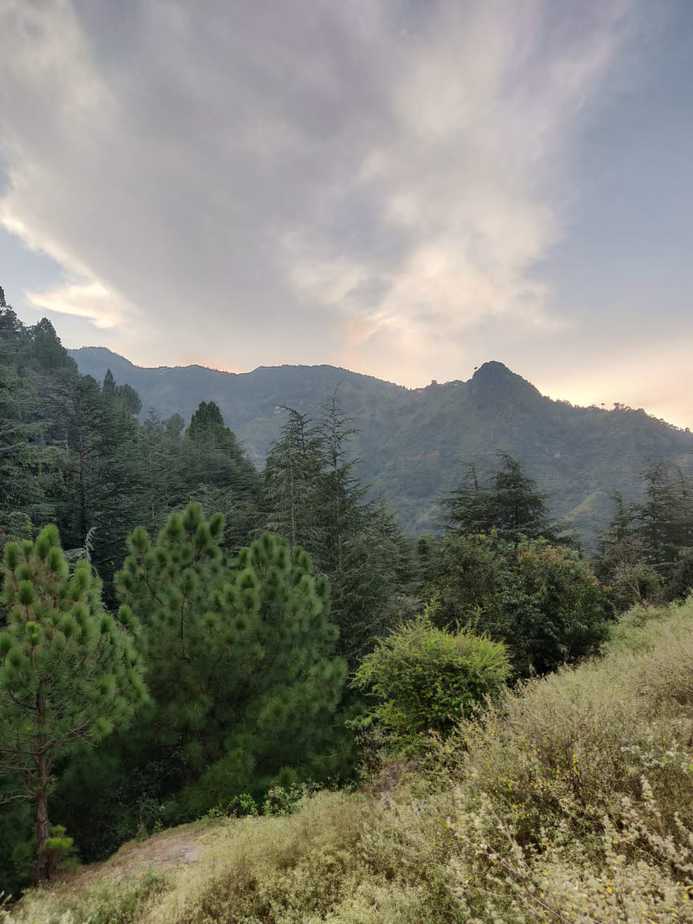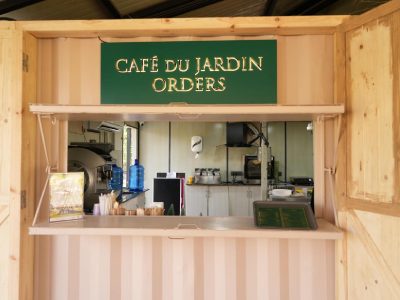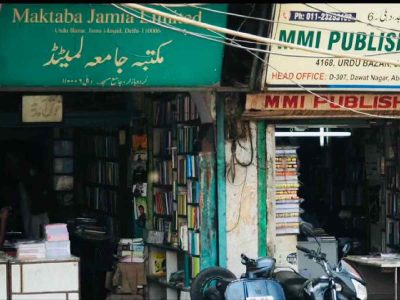This is not the usual travel piece. It points out the ongoing mindless destruction of the Himalayan hills many city-dwellers love
The hills are alive with the sound of destruction/With songs, they have sung being cut for wider roads/The hills fill my heart with the bleakness of development/My heart wants to turn and go home.
The Sound of Music’s title song resonates. Its cascading hills, the green full peaks in the backdrop, the meadow and the fresh breeze Julie Andrews danced through. But trying to find that solace after de-boarding the train from Kalka and setting off to Shimla, is an improbability, for over an hour at least, from the said station to Solan, 41 km away.
So hence, the tweaking of the lyrics by Oscar Hammerstein II.
From Kalka one can take a train which would take almost double the time it would in a car. Or a bus to Solan and then another from there to Shimla. I decided on a cab, negotiating the amount, bargaining it down as I presumed we didn’t need air conditioning.
But one may want to opt for it at least till winter comes. The first half of the journey was a game between my fingers reaching the switch to close the windows and the dust, which managed to win every time, throwing itself on our faces. We hadn’t dodged the city even in this town.
The traffic, the diesel-filled air is nothing that one would plan for their mountain escape, and yet the already choked hills are being lacerated to create a wider road for more travellers to come through.
The construction of a four-way highway from Kalka to Shimla will supposedly make the drive shorter and “breezier”, without the fear of traffic jams which are frequent especially during weekends. Some of its inhabitants take this cutting through as a mark of development finally reaching their neglected land.
The ride past logs of glorious trees that were cut down thoughtlessly and meaninglessly takes you to hills that now spew dirt, rocks and stones; it doesn’t even look like ‘development’.
And the reality is, these hills have continually faced landslides which only get worse with the rains. Last year a dispute crept up with the contractors stating that the 32-metres assigned for the four-way lane was not sufficient and they needed 45 metres instead to control the high number of slides taking place.
The construction has still not reached Shimla, so a visit should be sooner rather than later — we know how long constructions take to complete.
The once summer capital of British India, the whimsical place evokes wonder but at the same time some pain. Shimla is now a concrete jungle. If it weren’t for the crisp air, those old buildings, church and cobbled streets, its magic would have hardly worked on me. Even the decades-old Chinese shoe shop is a forceful reminder of a bygone era, that one must go see before ‘development’ enters its lane as well.
A few years ago, when I’d visited Shimla in the summer, travellers were everywhere! The sun shone bright and then it rained, and then it became a misty land. Horses stood around to take impatient and excited tourists on their back.
The animals themselves looked like neither of those adjectives. They knew they had nowhere else to go but down a beaten track. While they weren’t looking forward to the aliens on their backs, they stood stoically.
This time, rain played spoilsport of our plans (be warned, the monsoon does continue on through September) and the trekking was limited – you could still curl up in bed with a cup of tea and a blanket, if nothing else.
The entire state of Himachal Pradesh was affected, some more than others, and landslides and rainfall blocked about 200 roads. In Shimla, the former mayor even alleged that there was no water to drink with supply of milk and bread being cut off for two days.
While some people believe the need for this extension, as it will eventually help the economy, it is also important that inhabitants get their resources (food and water), which are not taken by those visiting.
Inevitably, more trees will be cut down. Let the fact not be lost that at least 34,000 trees face the axe — along with the creatures they support and the land they keep locked down with their roots.
One must visit and see what progress looks like and then stand on a hilltop and breathe in the cool Shimla breeze and its future.





